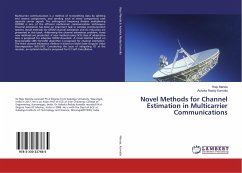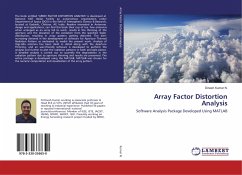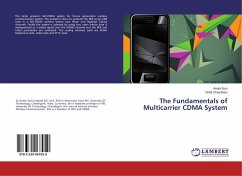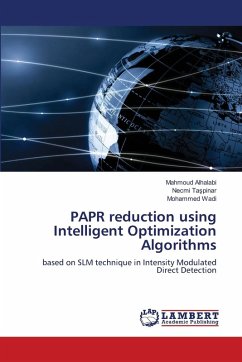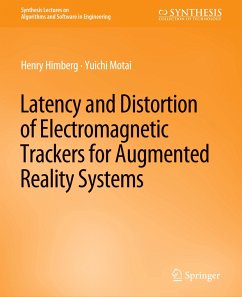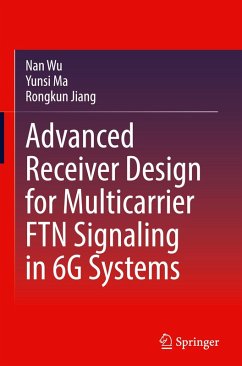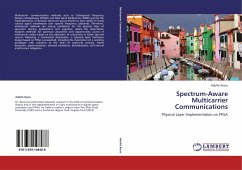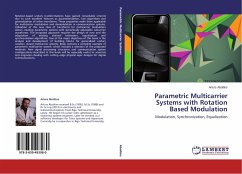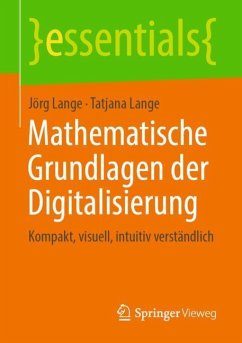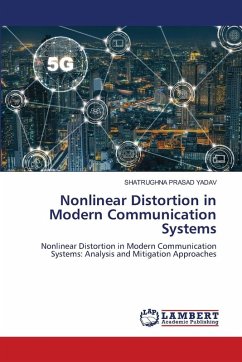
Nonlinear Distortion in Modern Communication Systems
Nonlinear Distortion in Modern Communication Systems: Analysis and Mitigation Approaches
Versandkostenfrei!
Versandfertig in 6-10 Tagen
45,99 €
inkl. MwSt.

PAYBACK Punkte
23 °P sammeln!
Nonlinear distortion is a major challenge in modern communication systems, appearing as harmonic distortion, gain compression, intermodulation, and adjacent channel interference. OFDM, widely used for its high data rates and robustness, suffers from a high Peak-to-Average Power Ratio (PAPR), pushing power amplifiers into nonlinear operation. This research includes mathematical modeling and MATLAB simulations of OFDM transceivers using QPSK and QAM with varying subcarriers. Results show that 4-QAM has ~1 dB higher PAPR than QPSK. Linearization of Class B solid-state power amplifiers via feedbac...
Nonlinear distortion is a major challenge in modern communication systems, appearing as harmonic distortion, gain compression, intermodulation, and adjacent channel interference. OFDM, widely used for its high data rates and robustness, suffers from a high Peak-to-Average Power Ratio (PAPR), pushing power amplifiers into nonlinear operation. This research includes mathematical modeling and MATLAB simulations of OFDM transceivers using QPSK and QAM with varying subcarriers. Results show that 4-QAM has ~1 dB higher PAPR than QPSK. Linearization of Class B solid-state power amplifiers via feedback, feedforward, and digital predistortion (DPD) was studied, with DPD offering the best performance-0 dBm amplitude reduction and 20 dB ACPR suppression at 10 MHz. To reduce PAPR, techniques like clipping and filtering, SLM, PTS, and SC-FDMA were analyzed. IFDMA achieved the lowest PAPR of 0.4 dB, followed by SLM (4.4 dB), PTS (4.3 dB), and clipping/filtering (1.9 dB). While IFDMA yields excellent results with slight complexity, clipping/filtering is simple but affects spectral purity and BER.



